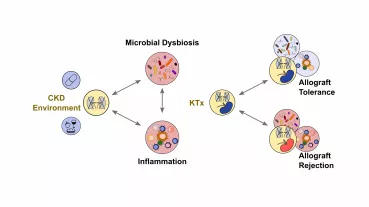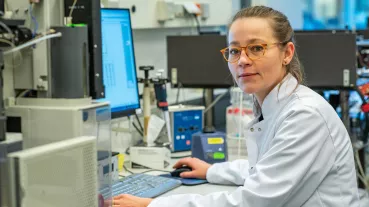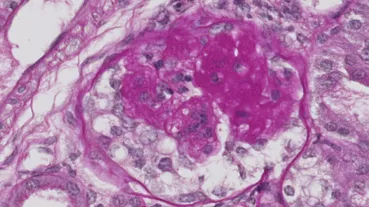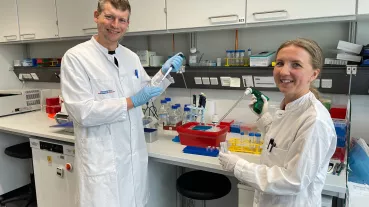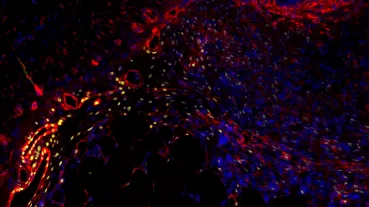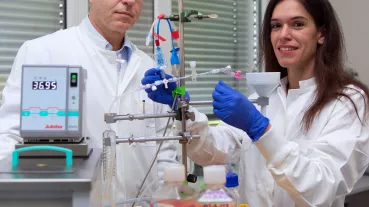A novel method for dialysis of patients with chronic kidney disease: towards an increased efficiency of uremic toxin removal during dialysis
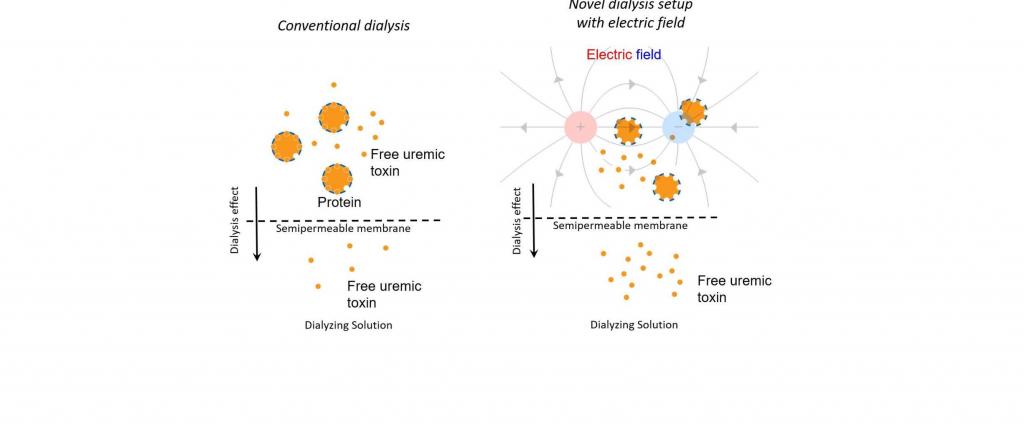
The main function of the kidneys is the removal of metabolic end products (MEP) from the blood. When the kidney function is severely impaired, MEP cannot be effectively removed from the blood, causing subsequent diseases that finally lead to death. The artificial removal of MEP is based on the filtration of free circulating MEP through dialysis membranes. Some MEP are not water soluble and attach to plasma proteins.
The resulting complexes are too large for the dialysis membrane and therefore accumulate in the blood. Modified dialysis techniques are therefore required to increase the removal rate of these toxins. We are currently testing the use of high-frequency electric fields with the aim of disrupting the interaction of MEP-plasma protein and thus making the MEP accessible for dialysis.
Here you can get further information.

